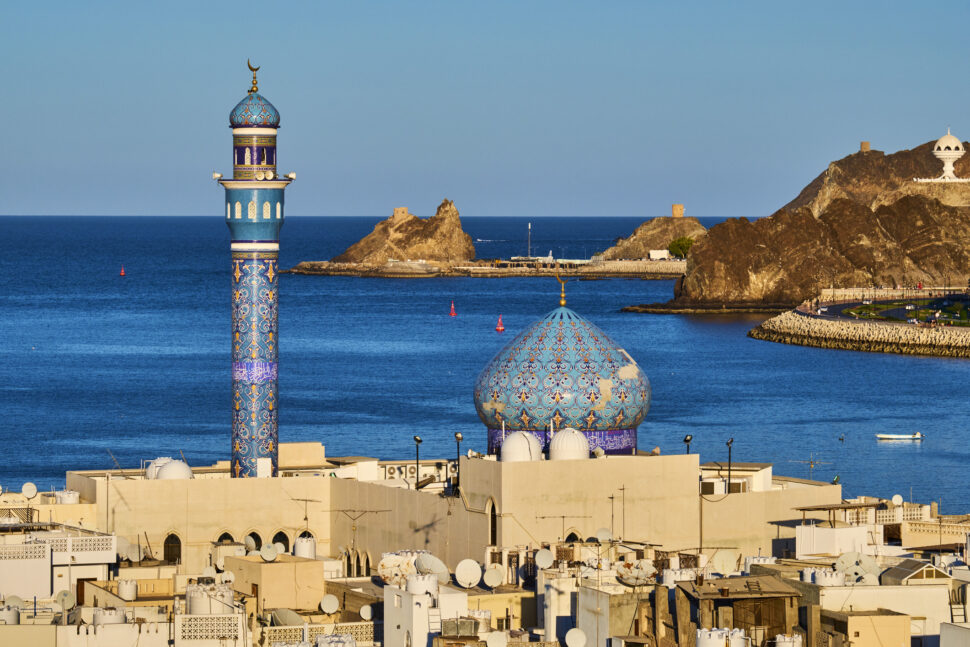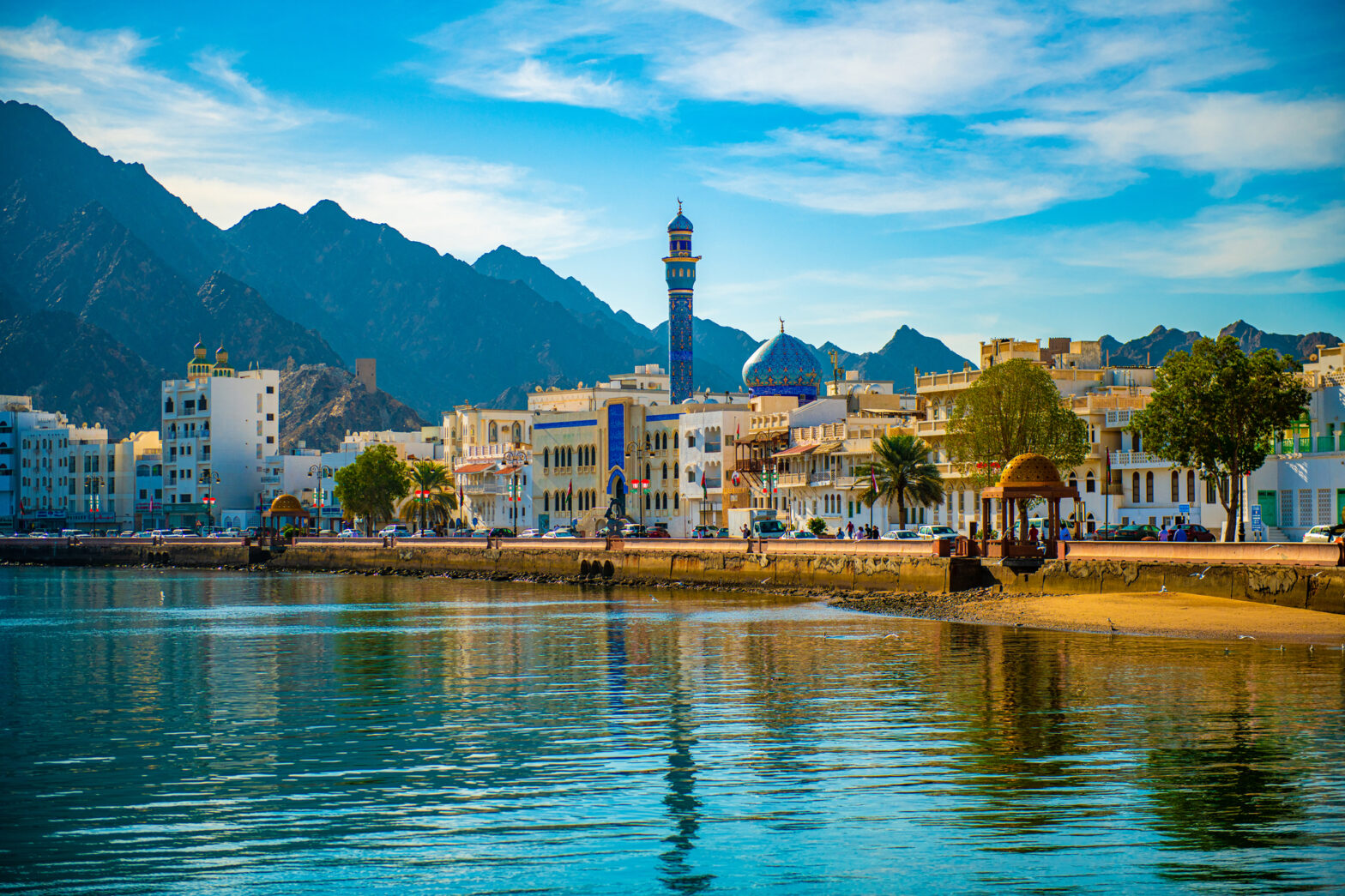Nestled on the southeastern coast of the Arabian Peninsula lies Oman. It is a country rich in history, culture, and natural beauty. But it is often overshadowed by its glitzy neighbor, the United Arab Emirates (UAE). Yet, Oman offers a unique and authentic Arabian experience. Oman is great for travelers seeking an experience opposite the skyscrapers and bustling cities of Dubai and Abu Dhabi.
Although places like their Grand Mosque offer glimpses of sleek and modern Arabian architecture, you won’t find the vast expanses of towering buildings or the constant show of extravagant wealth. Oman reveals a deeper connection to its historical roots. As the oldest independent state in the Arab world, Oman was closed to tourists until the 1980’s. Oman is said to maintain economic stability, peace, and a relatively progressive outlook.
Culture in Oman
Omani culture is steeped in tradition with a deep respect for its heritage. Tradition holds significant importance in Oman, and the country advocates for visitors to respect its culture and religions. Every part of the country offers a distinct experience, evident in its traditional architecture, bustling souks, and authentic eateries.
Visitors are encouraged respectfully to dress modestly, particularly in more conservative regions. Yet, unlike many tourist-heavy destinations, Oman has retained much of its untouched charm.

Photo Credit: Lynda Morris Photography
Scenery and Things to Do
Oman offers a diverse array of natural wonders. Their landscape is diverse, filled with rugged terrain and rustic landscapes to turquoise waters and lush green valleys awaiting exploration.
From the rugged mountains of Jebel Akhdar to the pristine beaches of Salalah, Oman boasts breathtaking landscapes. Adventurers can trek through wadis (valleys), dive into crystal-clear waters teeming with marine life, or camp under the starry desert sky. History buffs will delight in exploring ancient forts, souks, and archaeological sites scattered throughout the country.

Food and People
Omani cuisine is a unique blend of flavors influenced by its geographical location and cultural heritage. Its bold flavors are a mixture of culinary traditions from South Asia, East Africa, Southeast Arabia, and Western Europe.There’s something to satisfy every palate, from aromatic rice and vegetable dishes to grilled meats and fresh seafood. Coffee and dates are an integral part of Omani cuisine.
Whether sharing a meal with locals or striking up a conversation in the souk, visitors will discover plates that disclose a rich history uniting the country.
Traveling to Oman from the US
Traveling to Oman from the US is relatively straightforward, with direct flights available from major cities such as New York, Los Angeles, and Chicago. Most international flights arrive at Muscat International Airport, the country’s main gateway. Visitors should ensure they have a valid passport and obtain a tourist visa before arrival. Apply for a visa online or upon arrival for a fee.
“In line with national efforts to promote and ease services for tourists visiting Oman, nationals of 103 countries and regions are exempt from entry visas for stays up to 14 days,” states the Foreign Ministry of Oman on their website. The list includes the United States, United Kingdom, Brazil and more. So if you plan to travel to this gem for two weeks or less, there is no need to worry about a visa.
Differences Between the UAE
Oman seems to offer a more laid-back and authentic Arabian experience. In Oman, travelers can immerse themselves in rich aspects of culture and tradition, tucked away from the hustle and bustle of urban life. The pace of life in Oman is slower. It allows visitors to truly connect with the natural beauty and heritage of the country.
Another thing that sets Oman apart is its commitment to preserving its cultural and natural heritage. Basically untouched by mass tourism, it a hidden gem to those open to venturing beyond the borders of the UAE.
